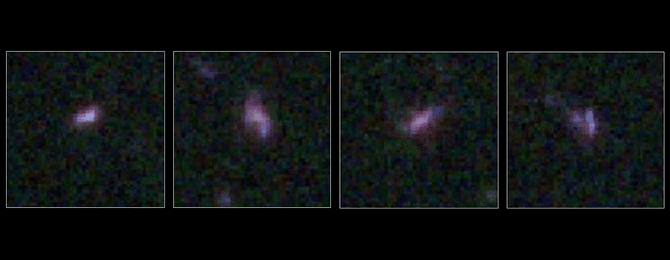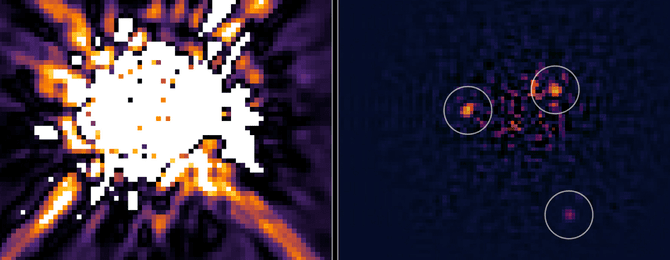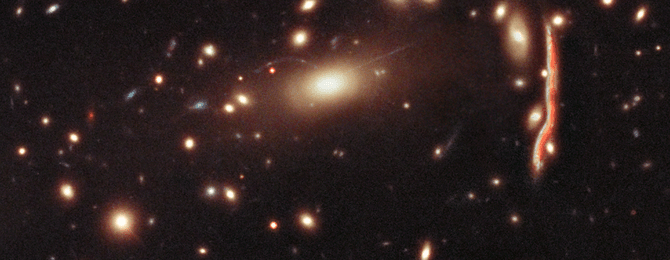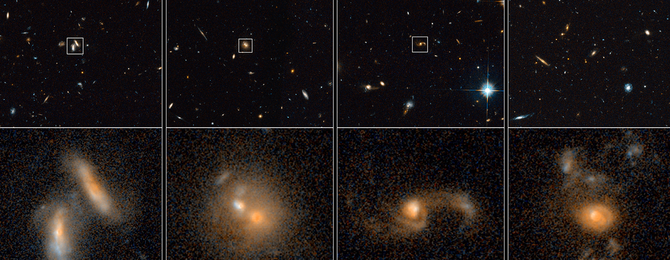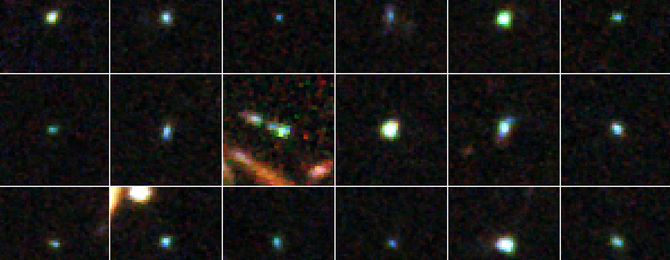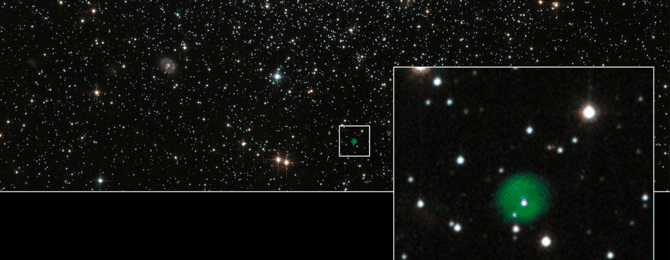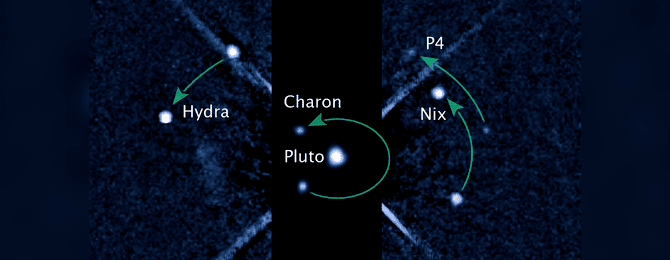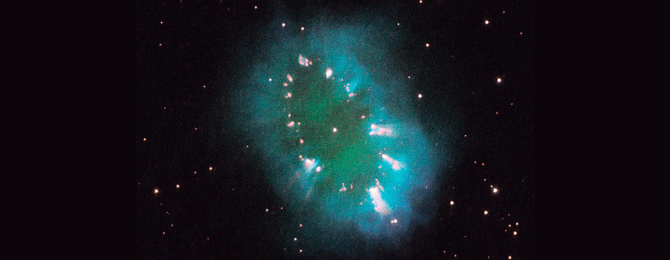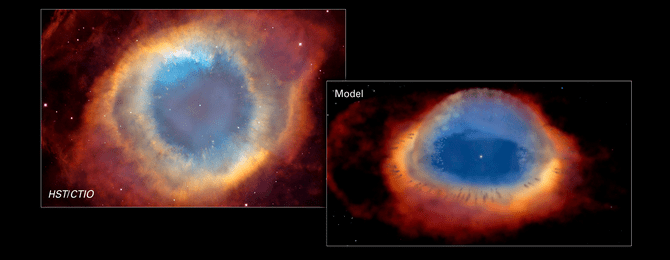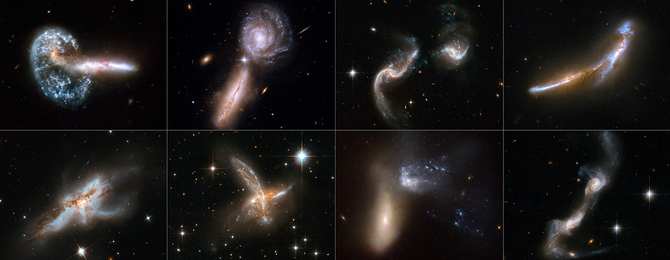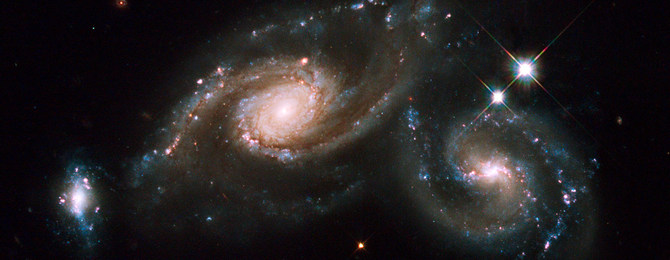Robby
Helper Bot
Out of Whack Planetary System Offers Clues to a Disturbed Past

For just over a decade, astronomers have known that three Jupiter-type planets orbit the yellow-white star Upsilon Andromedae. But to their surprise it's now been discovered that not all planets orbit this star in the same plane, as the major planets in our solar system orbit the Sun. The orbits of two of the planets are inclined by 30 degrees with respect to each other. Such a strange orientation has never before been seen in any other planetary system. This surprising finding will impact theories of how planetary systems form and evolve, say researchers. It suggests that some violent events can happen to disrupt planets' orbits after a planetary system forms. The discovery was made by joint observations with the Hubble Space Telescope, the giant Hobby-Eberly Telescope, and other ground-based telescopes.
These findings were presented in a press conference today at the 216th meeting of the American Astronomical Society in Miami.
(More at HubbleSite.com)

For just over a decade, astronomers have known that three Jupiter-type planets orbit the yellow-white star Upsilon Andromedae. But to their surprise it's now been discovered that not all planets orbit this star in the same plane, as the major planets in our solar system orbit the Sun. The orbits of two of the planets are inclined by 30 degrees with respect to each other. Such a strange orientation has never before been seen in any other planetary system. This surprising finding will impact theories of how planetary systems form and evolve, say researchers. It suggests that some violent events can happen to disrupt planets' orbits after a planetary system forms. The discovery was made by joint observations with the Hubble Space Telescope, the giant Hobby-Eberly Telescope, and other ground-based telescopes.
These findings were presented in a press conference today at the 216th meeting of the American Astronomical Society in Miami.
(More at HubbleSite.com)





